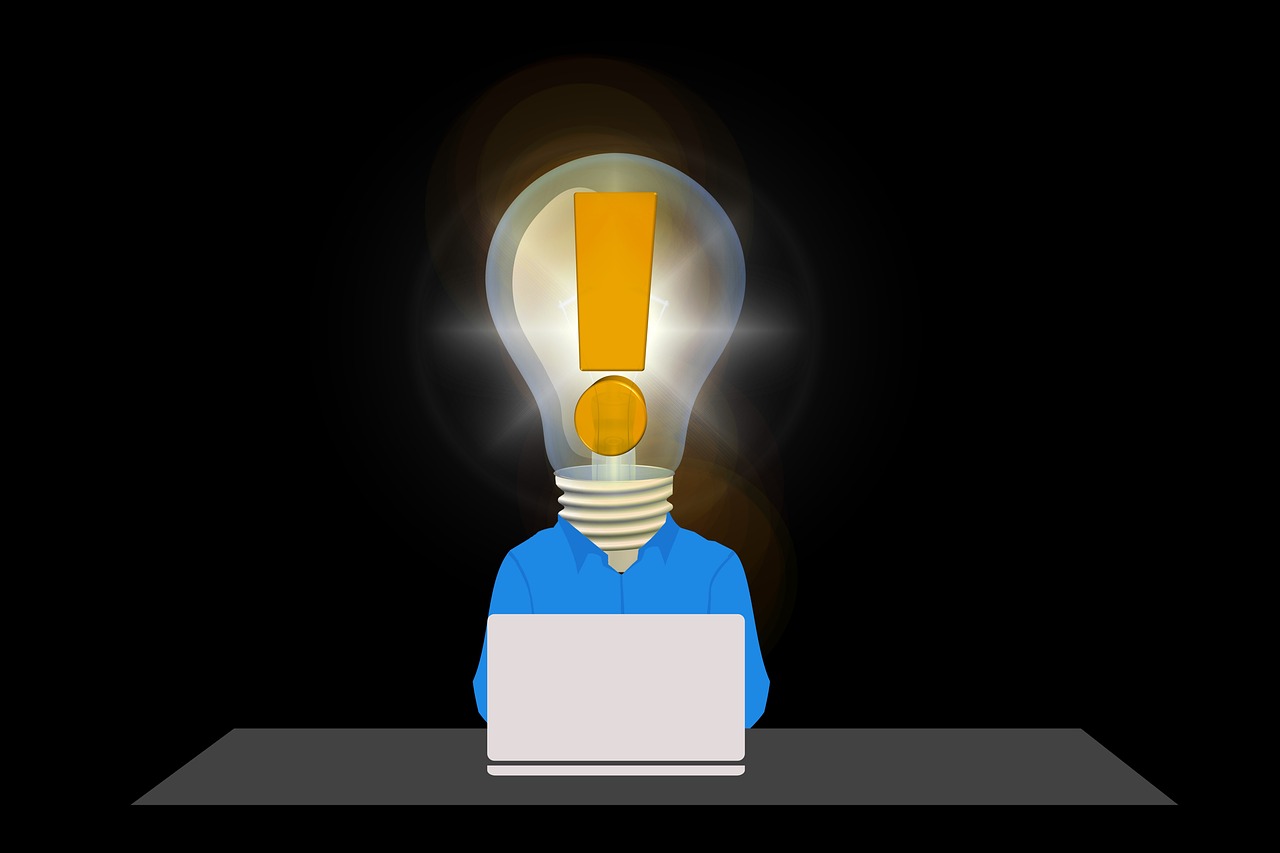Introduction
The world of chemistry has always been a domain of innovation, where scientists meticulously crafted experiments in their quest to understand the complexities of the natural world. However, with the dawn of the digital age, a profound transformation is taking place within chemical laboratories. Artificial intelligence (AI) is emerging as a dynamic force, reshaping the traditional methods of research and experimentation. This article explores the ascendancy of AI in chemical laboratories and its remarkable impact on scientific discovery, efficiency, and innovation.
The Traditional Chemistry Laboratory
For centuries, chemical laboratories have been hives of scientific activity, where researchers utilized flasks, beakers, and precision instruments to conduct experiments that unlocked the secrets of the physical and chemical world. But as the complexity of scientific questions grew, so did the need for innovative solutions to address them.
AI: A Catalyst for Transformation
Artificial intelligence has emerged as a catalyst for this transformation. AI is not just a tool; it’s a paradigm shift that is bringing new dimensions to scientific exploration and revolutionizing how experiments are conducted.
1. Laboratory Automation and Robotics
One of the most tangible and exciting facets of AI in chemistry is the integration of laboratory automation and robotics. AI-driven robots, equipped with sensors and cameras, can take on a myriad of tasks, from preparing samples to executing experiments with unmatched precision. Researchers can program these machines to follow protocols to the letter, significantly reducing the risk of human error. This automation enhances efficiency, and more importantly, it frees scientists to focus on the more creative and intellectually demanding aspects of research.
2. AI for Experiment Planning and Design
AI-powered platforms are now assisting researchers in the design of experiments. These platforms, with their access to historical data and intelligent algorithms, suggest optimal conditions, variables, and methodologies for experiments. This guidance streamlines the experimental process, eliminates redundancy, and increases the likelihood of obtaining meaningful results.
3. Data Analysis and Interpretation
The transformative power of AI is nowhere more evident than in its data analysis capabilities. AI has the ability to process vast datasets rapidly and accurately. It can identify patterns, anomalies, and trends within experimental data that might elude human researchers. This data analysis prowess extends to the interpretation of complex analytical results, such as spectra and chromatograms, saving time and offering invaluable insights.
4. Predictive Modeling and Simulation
AI is enabling scientists to construct predictive models that simulate chemical reactions, forecast material properties, and predict biological interactions. By inputting specific parameters into these models, researchers can predict the outcomes of experiments, conserving time and resources and unlocking new horizons of discovery.
5. AI-Enhanced Instrumentation
Modern laboratory instruments are increasingly enhanced with AI features. AI algorithms can adjust the settings of instruments like mass spectrometers and nuclear magnetic resonance machines, ensuring higher data quality and streamlining laboratory workflows.
Conclusion
As we stand at the precipice of a new era in chemical research, the rise of AI in laboratories is heralding a profound transformation. It’s not merely an adoption of new technology; it’s a shift in the very essence of how science is conducted. AI is changing how we plan, execute, and analyze experiments. It’s accelerating the pace of scientific discovery and enabling researchers to tackle questions that were once considered insurmountable.
The synergy between AI and chemistry is a testament to human ingenuity. It signifies the limitless potential of technology in unraveling the mysteries of the physical and chemical world. As we journey from traditional test tubes to the dynamic world of algorithms, we embark on an era of unparalleled innovation and scientific breakthroughs. The chemistry laboratory of the future is here, and it’s driven by the boundless possibilities of artificial intelligence.















